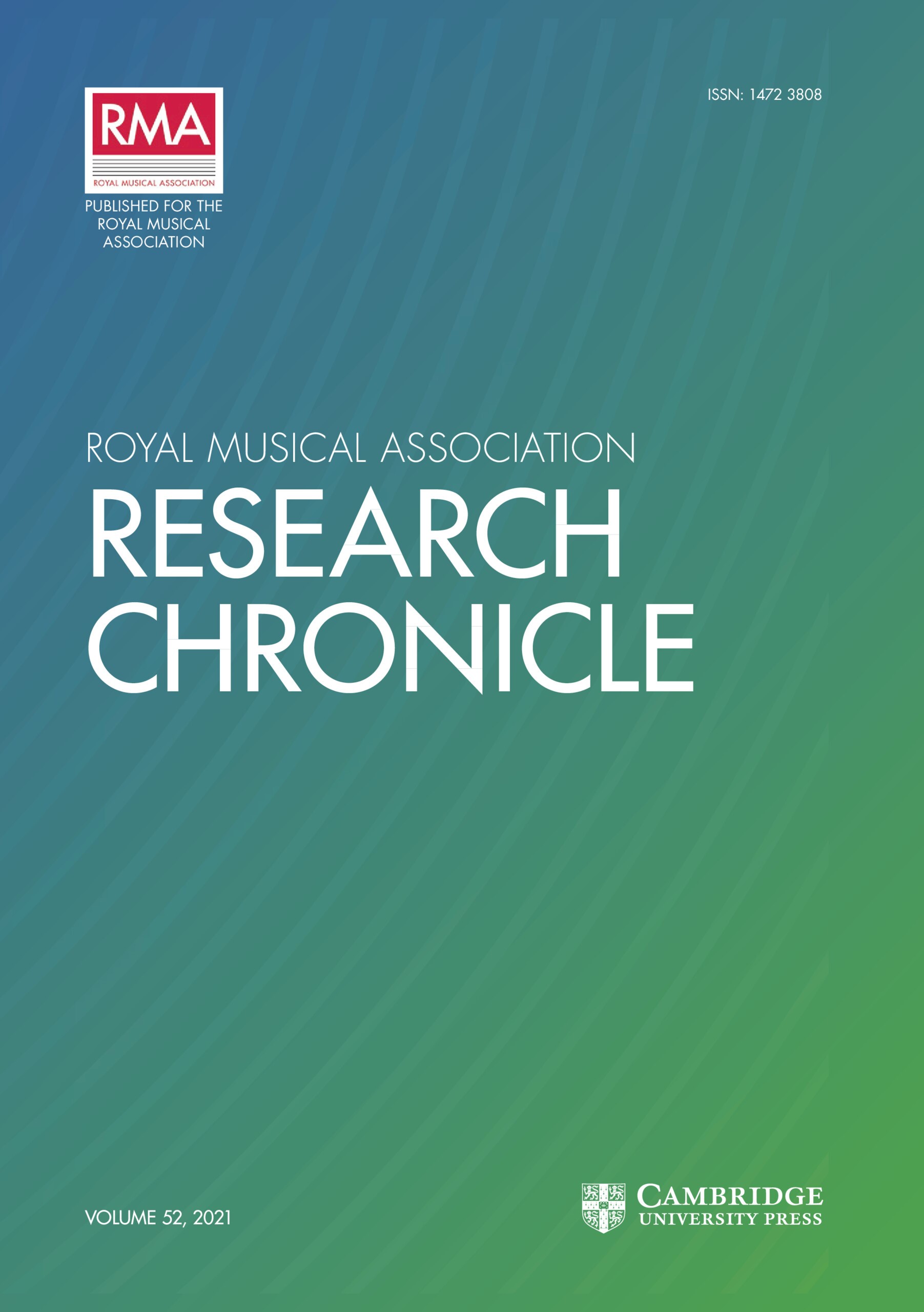Article contents
The Serenata in Eighteenth-Century Venice
Published online by Cambridge University Press: 01 January 2020
Extract
The present article has two tasks: to define the essential features of a musical form widely known during the eighteenth century by its Italian name of serenata, and to give an account of its cultivation in Venice during the same period. We shall need to devote considerable space to the first task, since by no means all writers on music recognize the serenata as an independent genre, some viewing it as a species of miniature opera and others as merely a particularly elaborate type of cantata; further, not all commentators share our view that the term was once used - and ought still to be used for analytical purposes - in a generic sense, so as to include not only works actually termed serenata but also many others with original descriptions as diverse as azione, componimento, festa or introduzione. So we must start by identifying as precisely as possible the repertory under consideration. Subsequently, when we examine the occasions on which serenatas were performed and the ways in which their music, words and manner of presentation were made to fit those occasions, we shall limit ourselves to a single city, Venice, and its dominions. This restriction has the practical advantage of bringing our investigation within manageable proportions without demanding the sacrifice of too much detail. But it has another, more fundamental purpose. Since the serenata was the most ‘occasional’ of genres, any study of it in a local context will throw into relief the peculiarities of that locality's political and social life. Nowhere could this be truer than in Venice, a city unlike any other in government, institutions, economy, mores, and, not least, topography. By studying the Venetian serenata we can learn more about Venice itself.
- Type
- Research Article
- Information
- Copyright
- Copyright © Royal Musical Association, 1982
References
- 2
- Cited by


